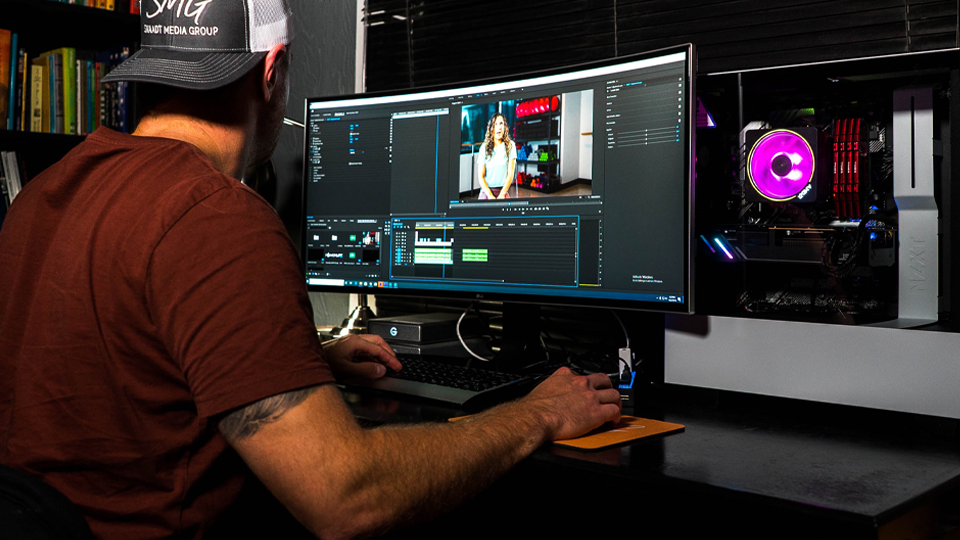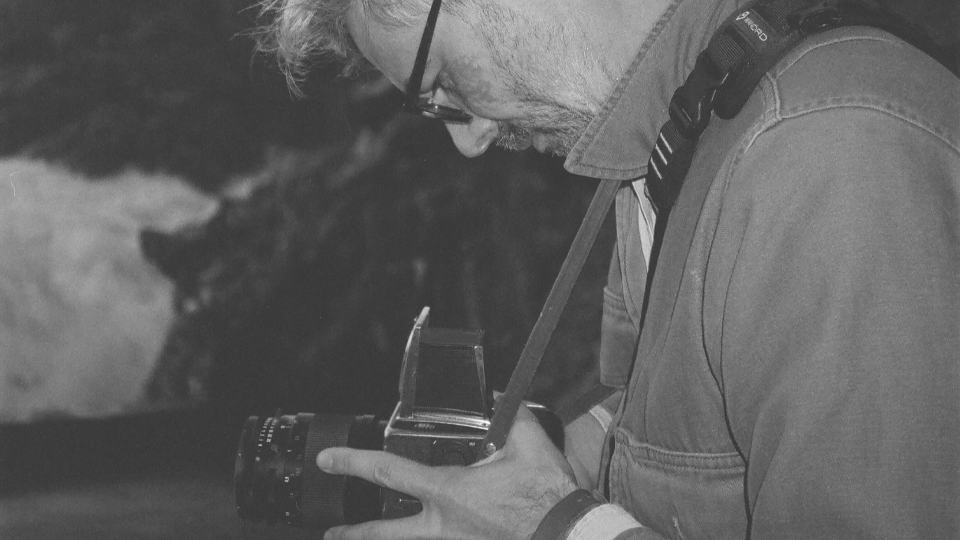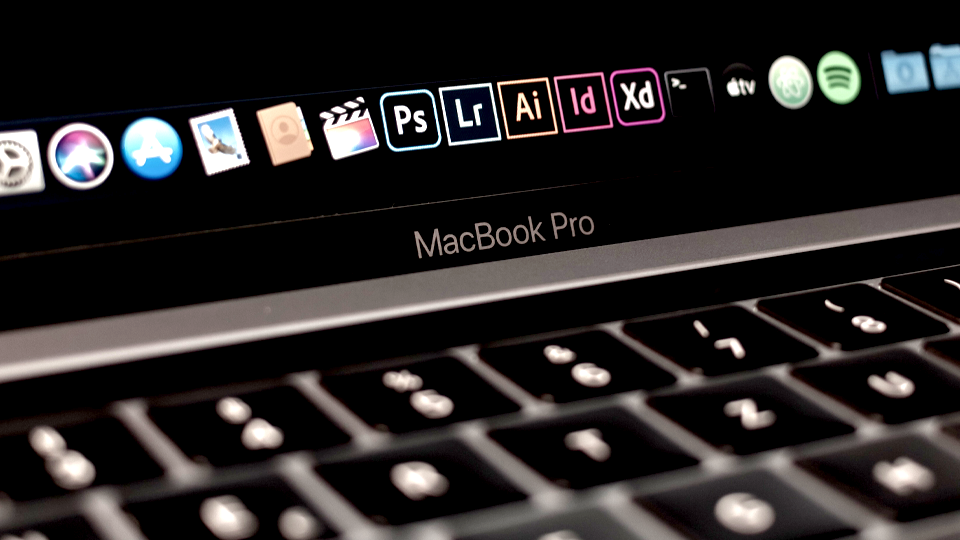Production Design in film: How Hollywood’s savviest world-builders captivate audiences
The Editors

8 Minutes

Production Designers turn filmmaker fantasies into realities.
From the highest level, everything about a movie is pre-meditated: the overall look and feel; the color palette used to express the narrative; even the details of a character’s home; everything shown on-screen has meaning. These physical and atmospheric elements create immersive environments that transport audiences to different times, places, and realities. From historically accurate reconstructions of a certain time-period, to imaginative fantasy settings, production & set designers are vital to shaping the visual narrative & enhance the believability of a story. This blog explores how these critical designs contribute to world-building in film, highlighting the collaboration between directors and designers with examples from iconic movies.
Defining the concept: Production Design
Production Design encompasses the overall visual concept of a film, including set design, costumes, props, and general aesthetic. It is a broader role that coordinates all visual elements to create a cohesive look and feel for the film. Key aspects of the Production Designer’s role include developing the concept; establishing the visual tone through lighting, color schemes, textures; and coordinating with the entire film crew, including set designers, costume-makers, and the director to ensure the vision stays true to the story. During and after production, continuity becomes the paramount focus
Defining the concept: Set Design
Set Design is a more niche aspect of Production Design, and refers to the creation of physical surroundings in which the action of a film takes place. Set Designers work hand-in-hand with the film crew from the beginning of production, and often read the script closely to understand the story, characters, and settings necessary to convey the message. Here, details reign supreme: researching & refining concepts through sketches, blueprints, and renders, set designers are able to build and outfit each set with the appropriate attention.
Symbolism and Mood: Pan's Labyrinth
Guillermo del Toro’s Pan's Labyrinth demonstrates how set and production design can be used to convey symbolism and mood with incredible results. Here, there are two distinct worlds: the harsh reality of post-Civil War Spain and the dark, fantastical realm of the labyrinth itself. Each set is meticulously crafted to reflect the film’s themes of innocence, brutality, and escape; it’s also easy to see how the design of the labyrinth, with its ancient stone structures and eerie, magical atmosphere, contrasts sharply with the real world. The color palette and textures used in the fantasy elements are rich and dark, enhancing the sense of mystery and otherworldliness, too. The collaboration between Caballero and del Toro ensured that the sets were not only visually stunning but also integral to the storytelling, reinforcing the film’s emotional and thematic depth.
Authenticity and Accuracy: Downton Abbey
Through many television seasons of “Downton Abbey,” the audience learned clearly how set and production design can achieve historical accuracy to enhance storytelling. Production designer Donal Woods and set decorator Gina Cromwell meticulously recreated the early 20th-century English estate, from the grandeur of the Crawley family’s residence to the detailed servant quarters. The authenticity of the sets, combined with period-appropriate props and costumes, truly transports viewers to the Edwardian era. The attention to detail extends to the architecture, furnishings, and even the use of specific colors and textures that reflect the period.
Imaginative Settings: The Lord of the Rings
Peter Jackson’s The Lord of the Rings trilogy is a prime example of how set and production design can create immersive fantasy worlds. Production designer Grant Major and set decorator Dan Hennah, along with art director Alan Lee, brought J.R.R. Tolkien’s Middle-earth to life with remarkable detail, ingenuity, and creativity. From the idyllic Shire to the imposing Minas Tirith, each location is meticulously designed to reflect its origins in Tolkein’s text. Here, the designers used a combination of practical sets, miniatures, and CGI to create expansive and detailed environments. The attention to detail in the sets, combined with the use of location shooting in New Zealand, helped to create a believable and immersive world that captivated audiences.
Whimsical Worlds: Asteroid City
Wes Anderson’s Asteroid City exemplifies his signature style of whimsical, meticulously crafted set design. Production designer Adam Stockhausen, who frequently collaborates with Anderson, created a unique, retro-futuristic world that blends 1950s Americana with surreal, imaginative elements. The film’s sets feature Anderson’s trademark symmetry, bold color schemes, and detailed miniatures, creating a visually distinct environment that enhances the quirky narrative. The collaboration between Anderson and Stockhausen ensures that every aspect of the design, from the smallest prop to the largest set piece, contributes to the film’s unique aesthetic.
Final Thoughts
Set design and production design are vital elements in filmmaking that significantly influence the storytelling process. Whether achieving historical accuracy, crafting imaginative fantasy settings, conveying symbolism and mood, or innovating through collaboration, set and production design play a crucial role in shaping the cinematic experience.
Read more stories about filmmaking on Suite's blog, The Render




































